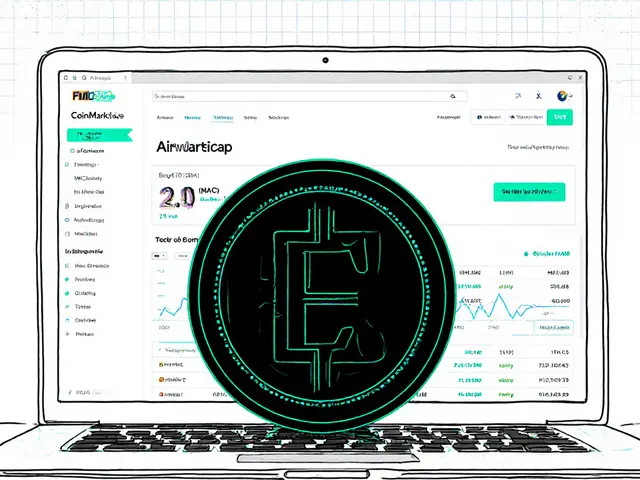Crypto Staking: How to Earn Rewards and Maximize Returns
When working with crypto staking, the practice of locking up digital tokens to support a blockchain’s consensus and earn periodic rewards. Also known as token staking, it helps secure networks while giving participants a slice of transaction fees or newly minted coins. If you’re ready to dive into crypto staking, here’s a quick roadmap of what you’ll encounter.
One of the fastest‑growing sub‑areas is liquid staking, a method that lets you earn staking rewards while keeping your assets tradable on secondary markets. Liquid staking bridges the gap between traditional staking—where assets are locked for weeks—and the need for liquidity in DeFi. It directly feeds into staking rewards, the income you receive for participating in consensus, often expressed as an annual percentage yield (APY). These rewards power many DeFi platforms, decentralized applications that offer lending, borrowing and yield‑farming opportunities. By combining liquid staking with yield farming, users can compound earnings without waiting for lock‑up periods to end.
Not all tokens stake the same way. Proof‑of‑Stake (PoS) chains like Ethereum, Cardano and Solana let you delegate your tokens to validators—your choice of node that does the heavy lifting. Delegated Proof‑of‑Stake (DPoS) adds a voting layer, letting token holders elect a small set of block producers, as seen on networks such as EOS and Tron. Each model influences the tokenomics, the supply schedule, inflation rate and reward distribution rules that dictate how attractive staking is. When you compare a high‑inflation token with modest rewards against a low‑inflation asset with stable APY, the net ROI can swing dramatically. Understanding these dynamics helps you pick the right protocol for your risk tolerance.
Staking isn’t risk‑free. Validator performance, slashing penalties and network outages can eat into your earnings. Choosing reputable validators—those with high uptime, transparent fee structures and community backing—reduces the chance of lost rewards. Additionally, regulatory shifts can affect staking services; some jurisdictions treat staking as a taxable event, while others may impose licensing requirements on platforms offering staking-as-a‑service. Keeping an eye on compliance news ensures you don’t get caught off‑guard by surprise tax bills or frozen assets.
To squeeze the most out of your staked portfolio, consider compounding strategies. Reinvesting earned rewards back into the same validator or into a liquid‑staking token can boost your effective APY, especially when the underlying network’s reward rate compounds daily. Some users also diversify across multiple PoS chains to spread risk and capture high‑reward cycles. Finally, track your staking activity with a dedicated dashboard—many wallets now provide real‑time reward analytics, helping you decide when to claim, swap or re‑delegate.
Below you’ll find in‑depth analyses of popular staking tokens, step‑by‑step platform walkthroughs and practical tips that turn these concepts into actionable moves. Whether you’re a beginner curious about the basics or a seasoned holder looking to fine‑tune your yield, the articles that follow cover everything you need to make informed staking decisions.
How Successful Memecoin Projects Beat the Hype in 2025
Explore how top memecoin projects in 2025 moved past viral hype by adding real utility, solid tokenomics, and strong community support.
View More




